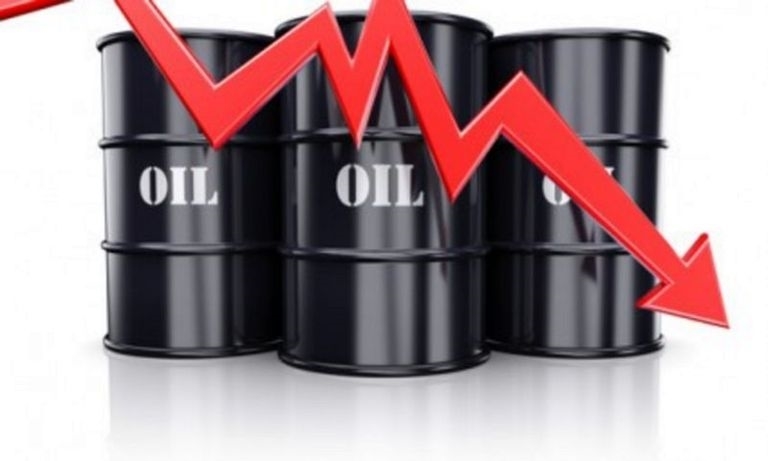Global oil prices fell more than 1% in the trading session on November 5, hitting the lowest level in two weeks due to concerns about a potential global oversupply. However, data showed that fuel demand in the US remained high, helping limit the decline.
According to Reuters, Brent crude dropped 0.92 USD, equivalent to 1.43%, to 63.52 USD per barrel. Meanwhile, WTI crude decreased 0.96 USD, equivalent to 1.59%, to 59.6 USD per barrel.
Matt Smith, Americas oil analyst at Kpler, said that “higher imports, coupled with weaker refinery activity due to seasonal maintenance, have pushed crude inventories in the US higher.”

According to the US Energy Information Administration (EIA), US crude oil inventories rose by 5.2 million barrels last week, reaching 421.2 million barrels — far above analysts’ expectations of a 603,000-barrel increase.
However, stronger-than-expected gasoline demand helped prevent deeper declines in oil prices. Gasoline inventories fell by 4.7 million barrels, down to 206 million barrels, while analysts had forecast a drop of only 1.1 million barrels.
In addition, the new budget plan announced by Canadian Prime Minister Mark Carney on November 4 indicated that the country may remove limits on oil and gas emissions. This move has raised concerns about the risk of global oversupply.
“Canada may abandon its controversial emissions control strategy, paving the way for increased oil production,” said Phil Flynn, senior market analyst at Price Futures Group.
The Organization of the Petroleum Exporting Countries (OPEC) and its partners (OPEC+) have agreed to increase output by 137,000 barrels per day in December, and will suspend quota adjustments in the first quarter of 2026.
According to Reuters sources, Kazakhstan’s crude oil output fell 10% last month to 1.69 million barrels per day. Despite the drop, this figure still exceeds its OPEC+ production quota.
In another development, Ukraine’s drone attacks on November 2 struck the Tuapse oil port — a key Russian export hub on the Black Sea — forcing the local refinery to halt operations and temporarily suspend fuel exports.

Oil prices continue to come under pressure from worries about oversupply and rising US inventories. However, geopolitical tensions could cause prices to fluctuate again.
Domestic retail fuel prices on November 6 are as follows:
| Product | Retail Price |
|---|---|
| E5RON92 gasoline | Not higher than 19,760 VND/liter |
| RON95-III gasoline | Not higher than 20,488 VND/liter |
| Diesel 0.05S | Not higher than 19,203 VND/liter |
| Kerosene | Not higher than 19,271 VND/liter |
| Mazut 180 CST 3.5S | Not higher than 14,639 VND/kg |
The Ministry of Industry and Trade – Ministry of Finance decided to adjust retail fuel prices from 3:00 PM on October 30. Accordingly, fuel prices were increased across the board. Specifically, E5RON92 rose by 710 VND/liter, RON95-III rose by 762 VND/liter, diesel rose by 1,318 VND/liter, kerosene rose by 1,156 VND/liter, and mazut rose by 541 VND/kg.
Thus, from the beginning of the year until now, domestic fuel prices have undergone 45 adjustments, in which RON95 gasoline had 25 increases and 20 decreases; diesel had 22 increases, 22 decreases and 1 unchanged session.














Leave a Reply